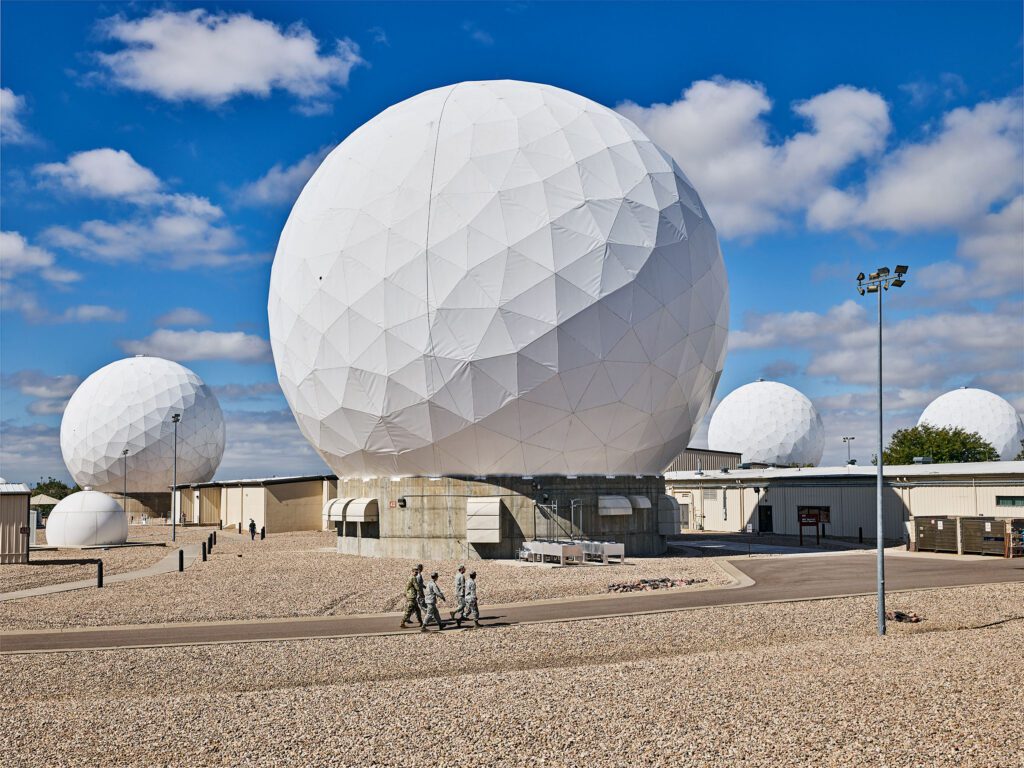The United States Space Force, established in December 2019, is the newest branch of the U.S. military. With a mission to protect U.S. interests in space and ensure freedom of operation, the Space Force is organized into three major commands and recruits individuals with expertise in STEM fields. Collaborating with other military branches and civilian agencies, the Space Force faces challenges in developing advanced technologies and adapting to new threats in space. However, it also presents opportunities to shape the future of space exploration and national security. The Space Force represents a new era in military operations and is positioned to play a critical role in the 21st century.
The Birth of the United States Space Force
In December 2019, the United States Space Force was officially established as the sixth branch of the U.S. military. This marks the first time in 72 years that a new branch has been added, with the last being the U.S. Air Force in 1947.
Mission and Purpose
The U.S. Space Force was created with the mission of protecting U.S. interests in space and deterring aggression in the space domain. Its primary purpose is to ensure the freedom of operation in space for the United States and its allies.
Structure and Organization
The U.S. Space Force is organized into three major commands: Space Operations Command, Space Systems Command, and Space Training and Readiness Command. Each command is responsible for different aspects of space operations, including satellite communication, missile warning systems, and space launch operations.
Training and Recruitment
Members of the U.S. Space Force undergo specialized training in space operations, technology, and warfare. Recruitment for the Space Force is open to both enlisted personnel and officers, with a focus on individuals with expertise in science, technology, engineering, and mathematics (STEM) fields.
Collaboration with Other Branches
The U.S. Space Force works closely with other branches of the military, as well as with civilian agencies such as NASA and the National Reconnaissance Office. This collaboration allows for coordinated efforts in space operations and research.
Future Goals and Challenges
As the newest branch of the U.S. military, the U.S. Space Force faces a number of challenges, including developing advanced technologies, securing space assets, and adapting to new threats in the space domain. However, the Space Force is also poised to play a critical role in shaping the future of space exploration and national security.
Conclusion
The United States Space Force represents a new era in military operations and national defense. With its focus on space exploration and protection, the Space Force is poised to play a vital role in the security and advancement of the United States in the 21st century.
